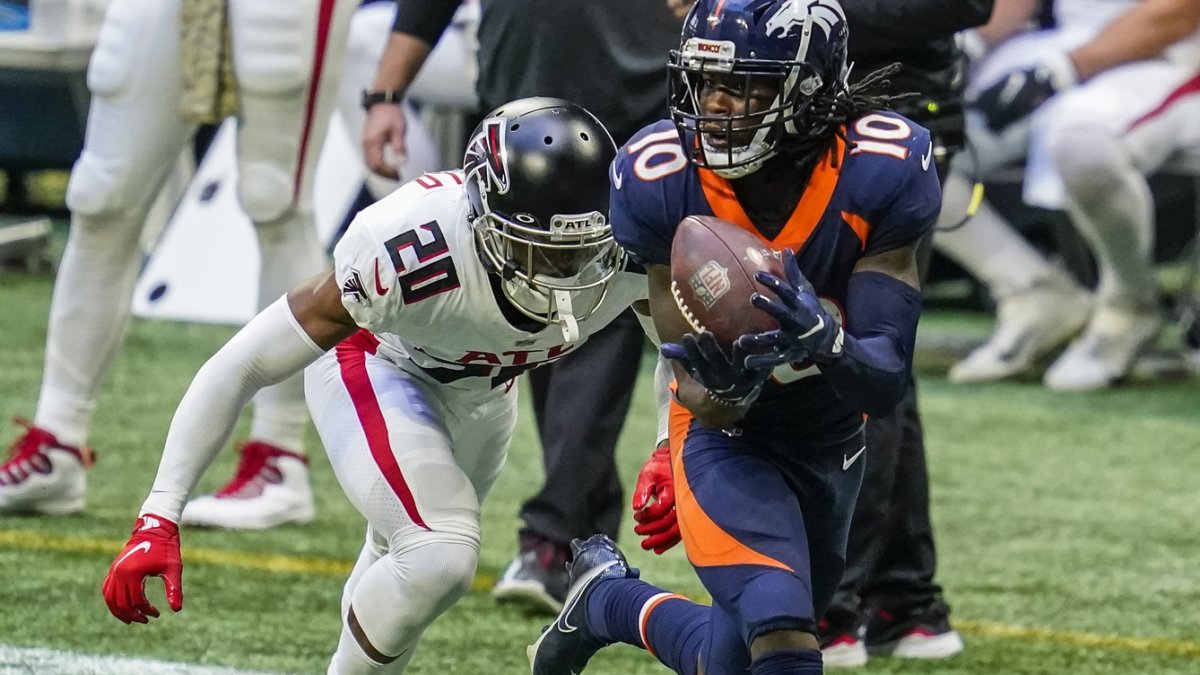Fantasy performance occurs at the intersection of efficiency and opportunity. While most fantasy players and fans can recite empty efficiency stats such as yards per carry and yards per reception by memory, most don't have a real grasp of a player's utilization.
Opportunity is the lifeblood of fantasy performance. Thanks to statistics such as average depth of target (aDOT), air yards, routes run and quarterback dropbacks, we have a greater understanding of player utilization.
For 2020, using proprietary PFF data, readers will now have unique insights into several new utilization metrics only available in this report.
- Two-minute offense
- Four-minute offense
- Third and fourth down with over seven yards to go (LDD)
- Play action
- Open targets (two steps of separation or more)
- First, next and check-down targets
With this data in hand, fantasy players can make timely and informed decisions based on the value of a player's role. Whether the goal is to unearth less obvious DFS plays or to know when to buy-low or sell-high in season-long, these trends are a crucial component of success.
Data notes and key:
- Snap data includes plays called back by penalty because they provide additional play-calling and utilization intent
- Pass snaps = route or pass blocking
- Run snaps = rush attempt or blocking
- LDD = long down and distance (third and fourth down with over seven yards to go)
- 4 Min = four-minute offense (score differential and time dictates slower pace)
- 2 Min = two-minute offense (score differential and time dictates faster pace)
- aDOT = average depth of target
- EZ target = end-zone target
- Trailing = losing by four or more
- Leading = winning by four or more
- Close = score within three
- BLOS = behind the line of scrimmage
- Ranks = PPR season-long
Running Backs
Christian McCaffrey (RB2) and Mike Davis (RB30), Carolina Panthers




 © 2024 PFF - all rights reserved.
© 2024 PFF - all rights reserved.